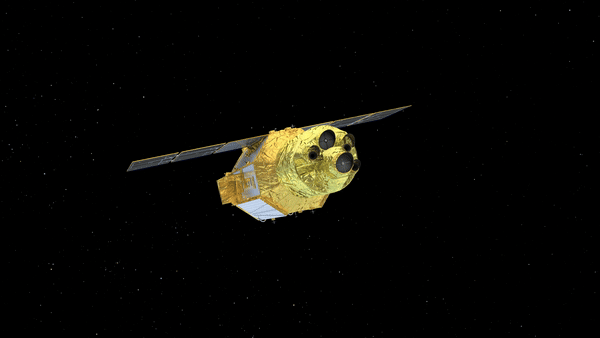Just outside Hiroya Yamaguchi’s office is a blackboard crowded with exploded stars, spaceship schematics and spectral lines. The A4 printouts obscure almost all the free space, except for a tiny corner where he sometimes scribbles in white chalk. Right now, Yamaguchi, an associate professor at Japan's Institute of Space and Astronautical Science, is standing in front of this blackboard, facing me.
He's giving me a crash course on the X-Ray Imaging and Spectroscopy Mission, or XRISM , a partnership between NASA, the Japanese Aerospace Exploration Agency (JAXA) and the European Space Agency (ESA). The first thing I learn is I've been saying the telescope's name wrong this whole time. Thankfully, I’ve mostly been repeating the incorrect "ex-riz-um" in my head.

It’s actually pronounced "criz-um." The second is that this space telescope was launched on September 6, 2023, carrying the heaviest weight of all: Expectation. Related: JAXA, NASA reveal 1st images from XRISM X-ray space telescope JAXA's two previous X-ray telescopes, Suzaku and Hitomi , both experienced issues after launch.
Suzaku's spectrometer malfunctioned after launch, but it was able to carry out a decade-long imaging mission. Hitomi was disastrous: After snapping its first light image, the spacecraft went into an uncontrolled spin and broke apart. So far, XRISM has been performing well, Yamaguchi says, and has already provided scientists with an abundance of data since first light in January — including som.
















